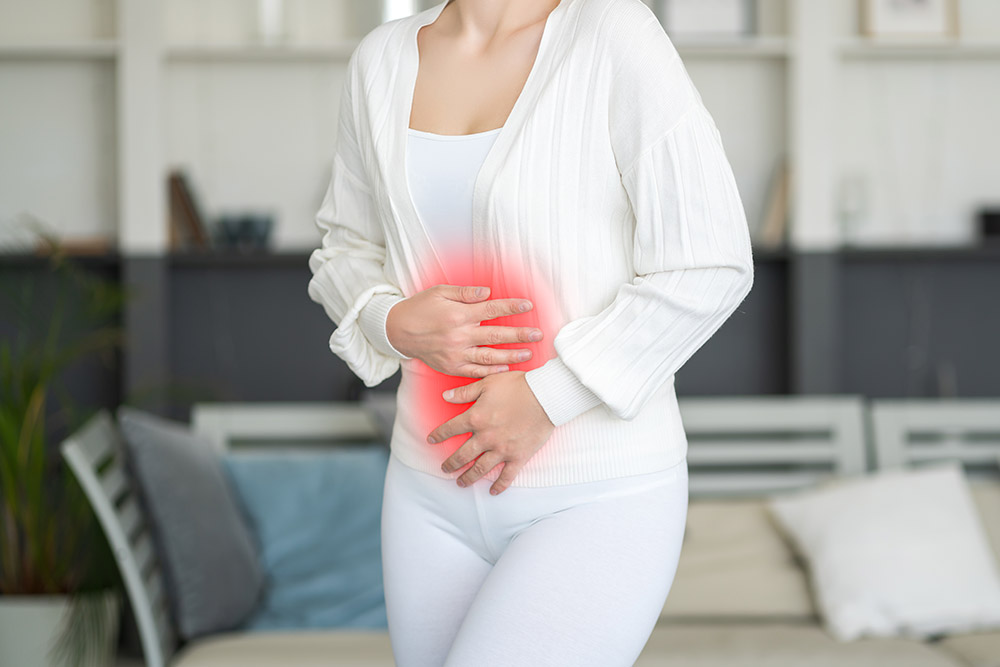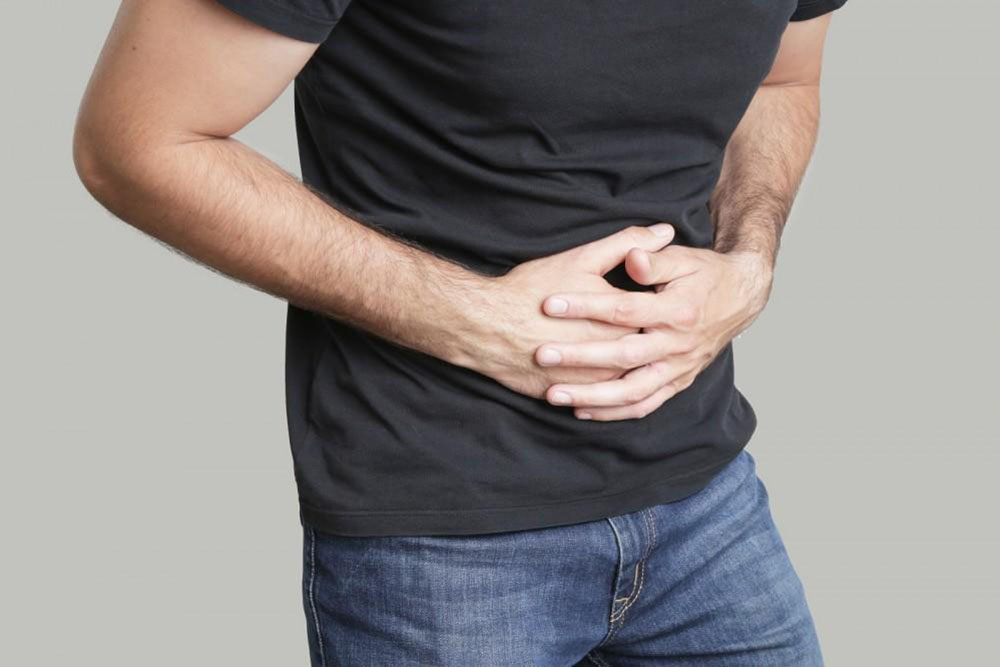What Is Eosinophilic Colitis?
Eosinophilic colitis is a rare inflammatory disorder of the large intestine marked by an abnormal buildup of eosinophils (a type of white blood cell). This overgrowth can cause abdominal pain, diarrhea, and other gastrointestinal symptoms.
Common Causes and Risk Factors
- Food sensitivities -Certain foods may trigger an immune response in the colon.
- Allergies -A history of allergic conditions can increase the risk.
- Family history -Genetic factors may play a role in susceptibility.
- Other GI disorders -Coexisting gastrointestinal conditions can contribute.
Signs and Symptoms
- Abdominal pain or cramping
- Persistent diarrhea
- Unintended weight loss
- Loss of appetite
- Blood or mucus in the stool
- Fatigue or weakness
Expert Treatment for Eosinophilic Colitis by Dr. Bharat Pothuri
Dr. Pothuri uses a step-by-step approach:
Medical History and Exam
He reviews your symptoms, dietary habits, allergy history, and any family history of gastrointestinal disorders.
Blood Tests
A complete blood count checks for elevated eosinophils and helps rule out other causes of inflammation.
Stool Tests
Stool studies exclude infections, parasites, and other inflammatory conditions.
Colonoscopy with Biopsy
A colonoscopy allows direct visualization of the colon lining. Small tissue samples (biopsies) confirm the presence and extent of eosinophil buildup.
Imaging Studies
- Abdominal ultrasound or CT scan can detect colon wall thickening or other structural changes.
- Magnetic resonance enterography (MRE) provides detailed images of the bowel if needed.
Allergy and Dietary Testing
Food allergy panels and an elimination diet help pinpoint specific dietary triggers that may be driving the eosinophilic response.
Frequently Asked Questions
What is eosinophilic esophagitis (EoE)?
EoE is an allergic condition where white blood cells (eosinophils) build up in the esophagus, causing inflammation and swallowing difficulties.
What triggers eosinophilic esophagitis?
Common triggers include food allergens (milk, wheat, eggs, nuts), environmental allergens (pollen), and acid reflux.
How is EoE diagnosed?
Diagnosis requires upper endoscopy with biopsy. Pathology shows elevated eosinophil counts in the esophageal lining.
What are the main symptoms?
Symptoms include trouble swallowing, food impaction (food getting stuck), chest pain, and persistent heartburn.
How is EoE treated?
Treatment often combines dietary elimination of triggers, topical steroids (swallowed inhalers), and esophageal dilation for strictures.
Can diet alone manage EoE?
Many patients benefit from a six-food elimination diet (removing dairy, wheat, soy, eggs, nuts, seafood) followed by staged reintroduction.
Is EoE a lifelong condition?
Yes. EoE is chronic. Ongoing management with diet, medication, and periodic endoscopies helps control inflammation and prevent complications.
When should I see a gastroenterologist?
Consult a specialist if you experience frequent swallowing problems, food impaction, or persistent chest discomfort not relieved by antacids.












